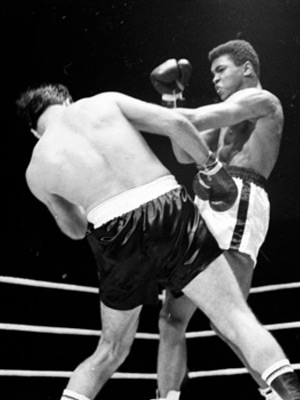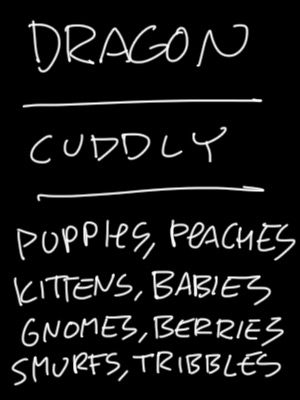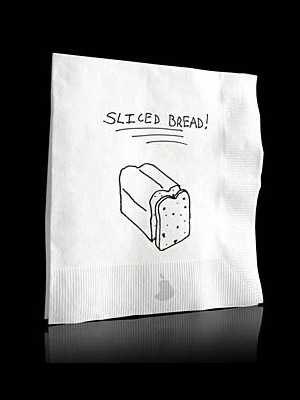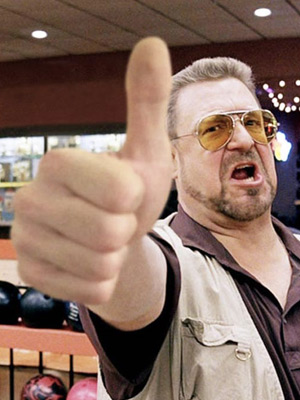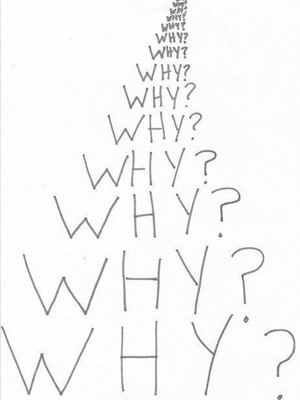 Great ideas are a dime a dozen. The thing that separates the artist from the frustrated artist is action. It doesn't even need to be monumental action - it could be small, consistent steps towards an idea. The more you practice making use of small chunks of time the more likely you'll be ready to act when an idea hits you.
Great ideas are a dime a dozen. The thing that separates the artist from the frustrated artist is action. It doesn't even need to be monumental action - it could be small, consistent steps towards an idea. The more you practice making use of small chunks of time the more likely you'll be ready to act when an idea hits you.
You need full access to your creativity on the drop of a dime. The good ideas don't always come to you at the ideal time. You need to be able to recognize a good idea and capitalize on it when its fresh. Even if it's just to write it down. Push aside the stories and excuses. You have 10 minutes on the subway? Use that time. You're tired? Turn off the TV and read something related to a topic you love. Take a shower and pay attention to where you mind is wandering then write those ideas down when you get out of the shower. You are a wellspring of ideas. Let them breathe, give them life and take shape at your hands. Be firm. Show conviction. Prioritize yourself.
